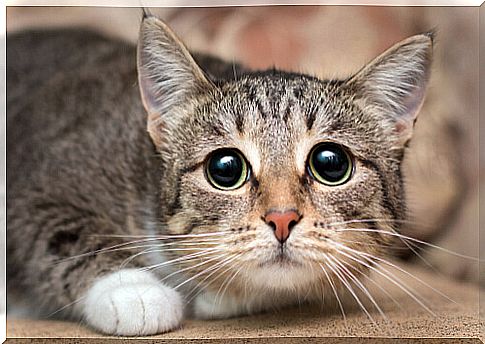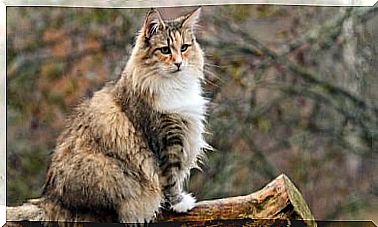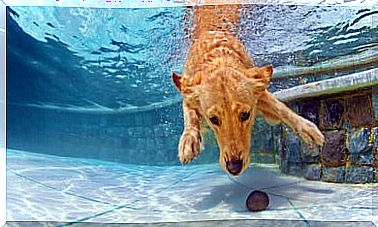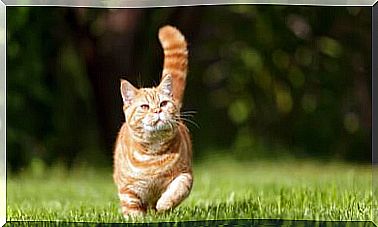Curiosities About Domestic And Wild Cats

Over the years, a series of curiosities about felines that are worth knowing have been compiled. Curiosities that are common to small and large cats, domestic and wild cats.
Curiosities about felines
The musculoskeletal system
The skeleton of felines has a pattern similar to that of other domestic mammals. The peculiarity is that it has a very flexible clavicle and spine, which can be shaped like a “U”.
A feline’s tail contains almost 10% of their bones, acts as a counterweight to help them balance while walking or making sharp turns. But in addition to working as a rudder, the tail of a feline communicates its state of mind and provides us with certain messages.

Tongue and teeth
First, the dorsal surface of the feline tongue is covered in threadlike papillae, giving it that rough texture that anyone who has ever been licked by a cat will recognize. Those papillae are what help to tear the meat from the bones of the prey. And they also serve them when grooming themselves, picking up scales, loose hair, parasites or dirt, swallowing them so that they can be dissolved by stomach acids.
Second, the dentition of felines responds to the typical pattern of carnivorous animals. Most species have long, conical canines that allow the meat to be torn.

Curiosities about felines: do they make sounds?
The purr is a characteristic sound of cats, made by inhaling and exhaling air. It occurs in several ways:
- By rapid contractions of the laryngeal muscles, which dilate and compress the glottis during breathing.
- By the vibration of the vestibular folds.
- Due to the contraction of the diaphragm.
On the other hand, cats use the meow to communicate with humans mainly, and let us know what their needs are. In big cats, this is replaced by roaring, a deep sound forced through the open mouth.
The senses
The view
Felines have a special development of the organ of sight. They can perceive ultraviolet light and have night vision.
The pupil of felines has a characteristic shape, elongated and with great dilation capacity, thanks to the musculature of the iris. This also helps them to give their look expressiveness.

The ear
Felines can hear a much higher range of acoustic signals than humans. And its function of balance is specially developed. This allows them to land properly after a fall from a high place.
The sense of smell
They use it to search for their own territory, previously marked with pheromones, and as a warning when another predator enters that territory. In the case of females, they spray urine on surfaces to leave a signal that they are in heat and ready to mate. And the male’s nose picks up that signal quickly.
The touch
Felines have a specially developed sense of touch through vibrissae. Commonly called whiskers, vibrissae are tactile hairs located on the upper lip and nose, although they are also found on the eyebrows and legs. They are thicker than any other hair, and they sit in deeper layers of the skin, directly on a nerve ending.

Finally, they are also part of your media, as they express your state of mind. If he’s uneasy, he fanns them; if he’s angry, he directs them forward.
Recent studies have shown that they use vibrissae to determine whether or not the prey they just hunted is alive. By applying the bite to said prey and holding it tight between the jaws, the vibrissae completely surround the body of this animal to detect the minimum vibration that may suggest that it is still alive.









